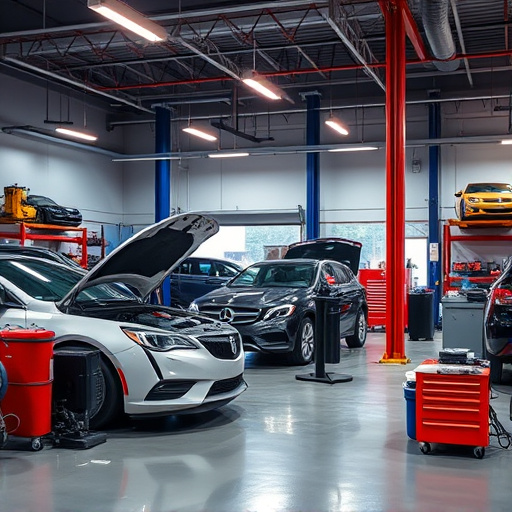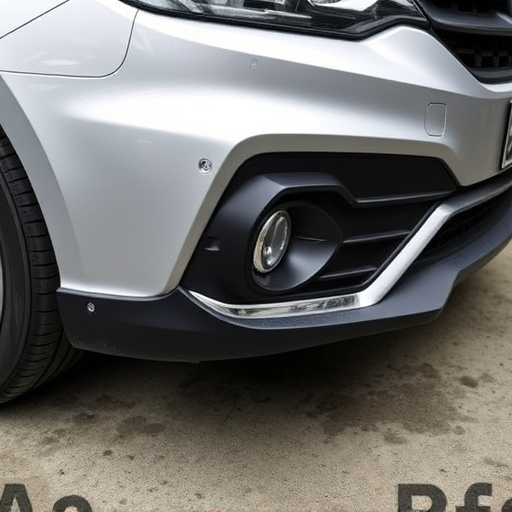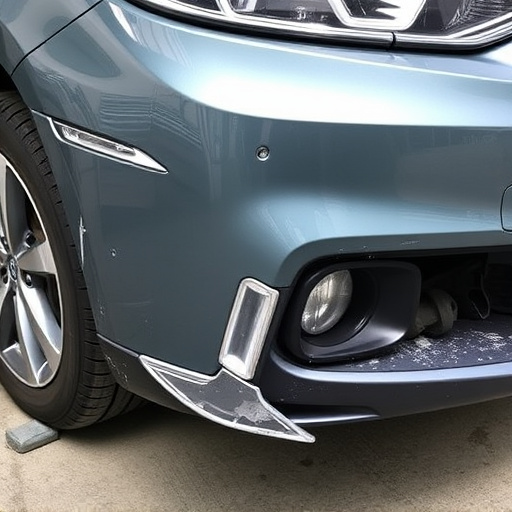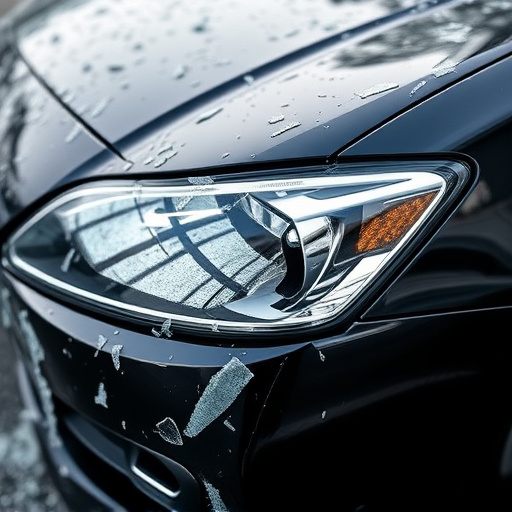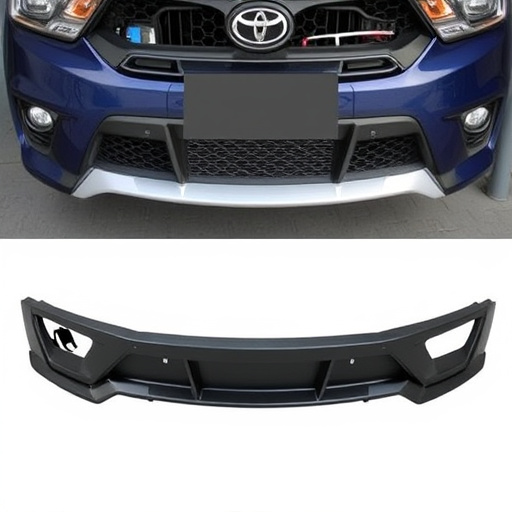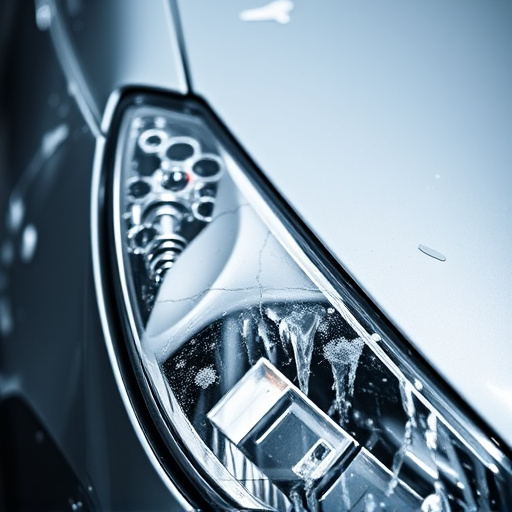Collision repair audits are crucial for maintaining quality standards in automotive shops by identifying skill gaps among technicians and ensuring adherence to best practices. These audits guide targeted training programs focused on areas like panel fitting precision and paint job integrity, fostering continuous improvement and enhancing industry standards through upskilling and investment in technology. By analyzing audit findings, shops can create tailored training modules, encourage open communication, and incorporate practical exercises to optimize learning outcomes aligned with collision repair best practices.
Collision repair audits are transforming the landscape of training and continuing education in shops. These comprehensive assessments not only gauge the quality of repairs but also reveal areas for improvement, guiding tailored educational initiatives. Understanding the fundamentals of collision repair audits is key to fostering effective learning environments. This article explores how audit findings drive targeted training programs, ultimately enhancing the skills and knowledge of technicians through strategic post-audit actions.
- Understanding Collision Repair Audits: A Foundation for Training
- The Impact of Audit Findings on Education Programs
- Strategies to Enhance Learning Post-Audit Actions
Understanding Collision Repair Audits: A Foundation for Training

Collision repair audits are a critical tool for maintaining quality standards in automotive shops, serving as a foundational element for comprehensive training programs. These audits involve meticulous inspections of completed car body repair and dent removal work to ensure adherence to industry best practices and safety protocols. By examining every detail, from the precision of panel fitting to the integrity of paint jobs, audits uncover potential gaps in skills and knowledge among technicians.
This process provides a clear picture of areas needing improvement, enabling tailored training initiatives focused on specific skills required for collision damage repair. Shops can use audit findings to refine their training curricula, ensuring that staff are equipped with the latest techniques for car dent removal, precise alignment, and high-quality finishes. Regular audits foster a culture of continuous learning and excellence in collision repair services.
The Impact of Audit Findings on Education Programs

When conducting collision repair audits, the findings can significantly shape and influence the direction of training and continuing education programs within shops. These audits, which meticulously assess various aspects of a shop’s operations, including equipment, personnel skills, and adherence to industry standards, reveal areas for improvement that are crucial for enhancing educational initiatives. For instance, if an audit identifies gaps in knowledge related to advanced fender repair techniques or frame straightening methodologies, the shop can tailor its training programs to address these specific needs.
By prioritizing the skills and practices highlighted in the audits, education programs can become more targeted and effective. This ensures that employees gain practical knowledge and expertise in areas such as car dent repair, enabling them to deliver high-quality services. Moreover, audit findings can motivate shops to invest in upskilling their workforce, incorporating cutting-edge technologies and best practices into their training curricula, ultimately elevating the overall standard of collision repair services.
Strategies to Enhance Learning Post-Audit Actions
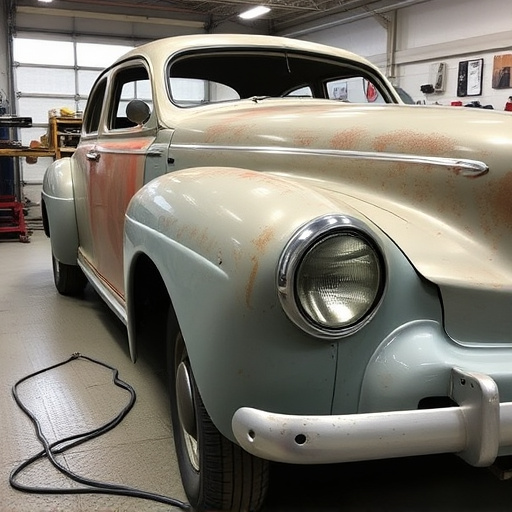
After a collision repair audit, auto body shops can implement several strategies to enhance learning and improve their training programs. One key step is to thoroughly analyze the findings from the audit report. This involves identifying areas where the shop excels and pinpointing specific gaps in knowledge or processes among employees. By understanding these discrepancies, management can create targeted training modules that address the needs of the workforce.
Additionally, encouraging open communication post-audit is vital. Management should foster an environment where employees feel comfortable discussing their challenges and suggesting improvements. This could be facilitated through workshops, team meetings, or anonymous feedback channels. Incorporating practical exercises, case studies based on real-world scenarios from the audit, and interactive training sessions can significantly enhance learning outcomes. Such approaches ensure that staff members actively engage with the material, fostering a deeper understanding of collision repair best practices within the automotive body shop setting.
Collision repair audits serve as a powerful tool to enhance training and continuing education within shops. By thoroughly understanding audit processes and implementing post-audit strategies, businesses can significantly improve their operational efficiency and skill development. The insights gained from these audits enable tailored education programs, fostering a culture of continuous learning among employees. This, in turn, leads to higher-quality collision repair services and better customer satisfaction.
